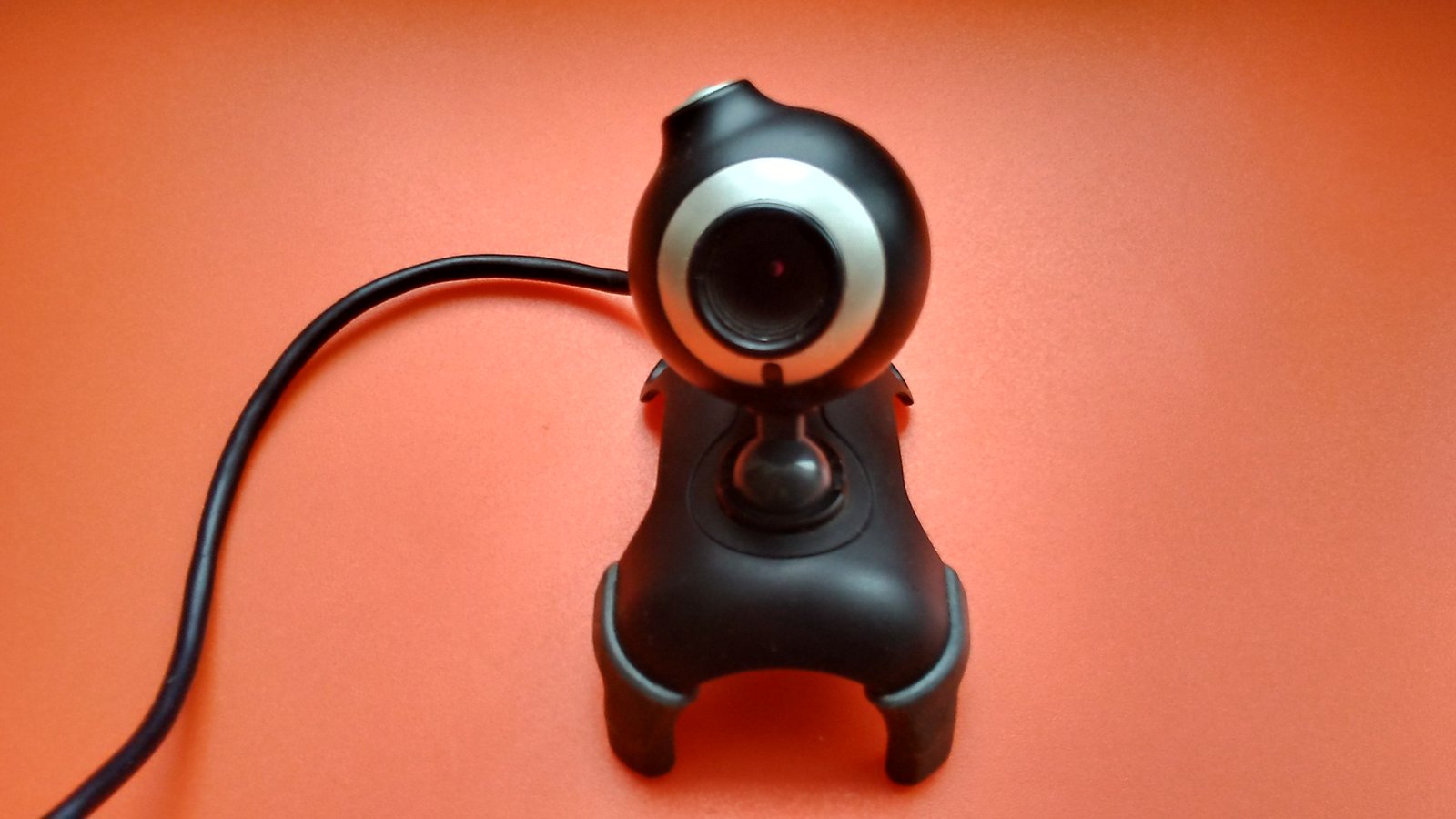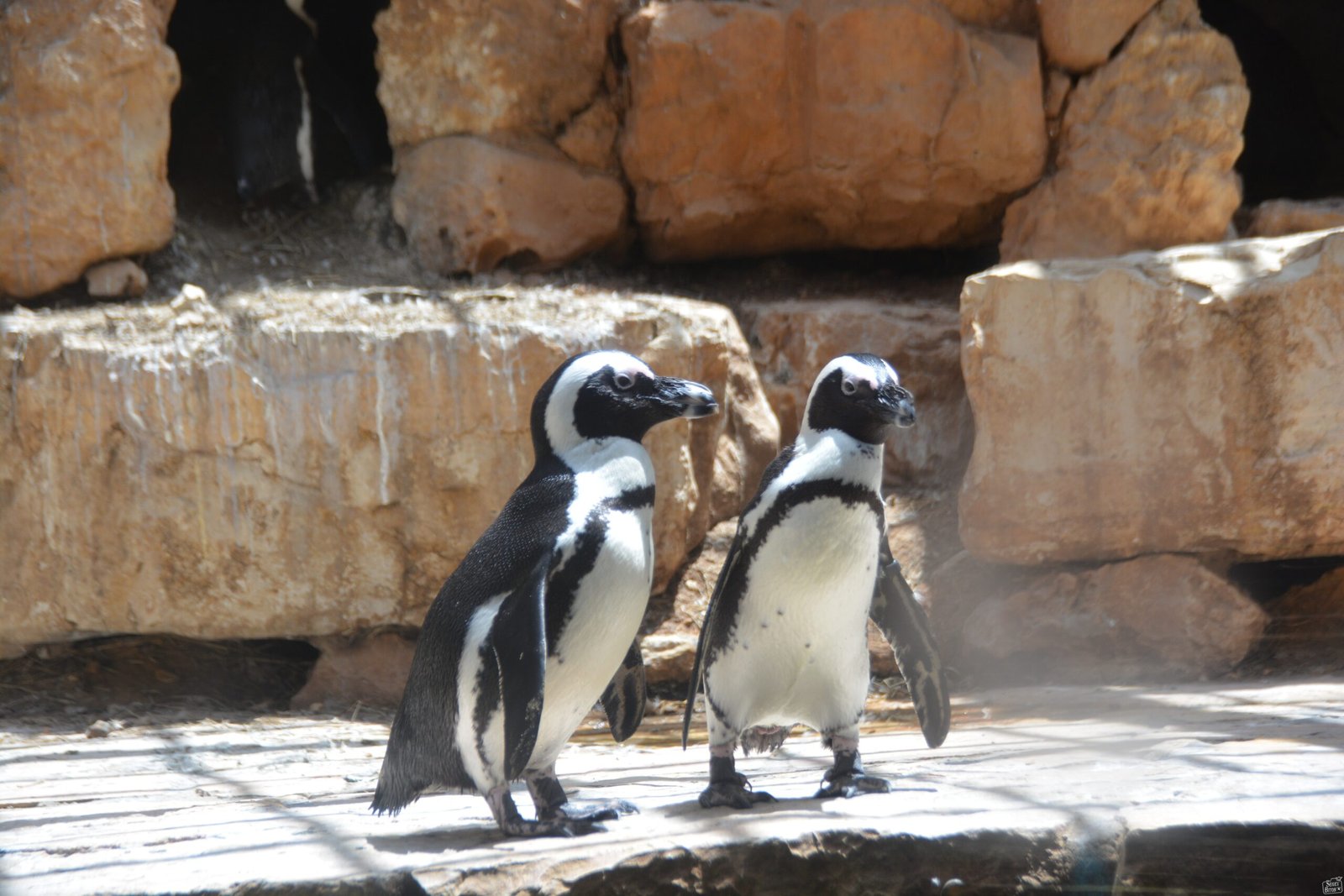Imagine standing eye-to-eye with a snow leopard, feeling the intensity of its gaze, yet knowing you’re thousands of miles away. No cages, no crowds—just you, the animal, and a screen. This isn’t science fiction anymore. As technology gallops forward, the world of wildlife encounters is shifting in ways that might surprise even the most seasoned animal lovers. With the rise of digital zoos and virtual safaris, the boundary between the wild and the digital is fading, offering new ways to connect with the wonders of the animal kingdom. But are these experiences mere imitations, or could they redefine our relationship with wildlife forever?
How Technology is Transforming Wildlife Encounters

Digital platforms are revolutionizing the way people experience animals, making wildlife accessible to anyone with an internet connection. High-definition webcams, interactive livestreams, and immersive 3D simulations now offer glimpses into animal habitats without disturbing the creatures themselves. For example, you can watch a family of gorillas forage in the Congo or a pride of lions lounge on the African savanna—all from the comfort of your living room. Augmented reality (AR) apps even let users project life-sized animals into their own spaces, making it possible to walk around a virtual elephant in your backyard. These advances are not just thrilling; they also promise a more ethical way to engage with wildlife.
The Surge of Virtual Zoos During the Pandemic

The COVID-19 pandemic was a game-changer for zoos worldwide. As gates slammed shut and crowds vanished, many institutions scrambled to stay relevant. Enter the era of virtual zoos. Livestreams of penguin feedings, behind-the-scenes tours, and interactive Q&A sessions with zookeepers became overnight sensations. Children and adults alike tuned in from across the globe, forming communities around shared fascination. This sudden shift highlighted not only how adaptable zoos could be, but also how hungry people are for these kinds of digital wildlife experiences. The pandemic may have forced the world to pause, but in the digital realm, zoos found their second wind.
Immersive Virtual Reality: Meeting Wildlife Up Close
Virtual reality (VR) is pushing boundaries even further, creating experiences so lifelike they can be breathtaking. Imagine donning a headset and being transported to the rainforests of Borneo, where you can watch orangutans swing overhead or hear the distant calls of hornbills. VR platforms like “The Wild Immersion” or “National Geographic Explore VR” offer journeys that mimic the sights and sounds of the wild with astonishing realism. For many, these encounters are more than just fun—they’re transformative. People who may never have the means to visit remote habitats can suddenly experience them as if they were there, forging connections and empathy for animals in ways that static displays never could.
Are Virtual Encounters as Powerful as the Real Thing?

There’s something undeniably magical about being near a living, breathing animal, feeling the rumble of a tiger’s purr or the gentle nudge of a curious giraffe. Can pixels and speakers ever truly compete? Some skeptics argue that digital experiences lack the emotional punch of real-life encounters. Yet, studies suggest virtual interactions can inspire awe, empathy, and even behavior change. Children who “meet” polar bears in VR are more likely to care about climate change. Adults who participate in digital safaris often report a deeper appreciation for conservation. While nothing may fully replace the thrill of the wild, virtual encounters are proving to be surprisingly powerful in their own right.
Conservation in the Digital Age

One of the most compelling arguments for digital zoos is their potential to drive conservation. Traditional zoos often walk a fine line between entertainment and education, sometimes drawing criticism for keeping animals in captivity. Virtual wildlife encounters, on the other hand, leave animals undisturbed in their natural habitats. Conservation organizations are leveraging digital tools to raise awareness, fundraise, and even monitor endangered species via remote cameras. Interactive platforms can show users the impact of deforestation or poaching in real time, making the threats facing wildlife feel personal and urgent. In this way, technology is not just a substitute for zoos—it’s becoming a vital tool for protecting the world’s most vulnerable creatures.
Education Without Borders
With virtual wildlife experiences, the classroom expands beyond walls and textbooks. Students in urban areas, thousands of miles from natural habitats, can now study animal behavior through live feeds and interactive lessons. Teachers can invite experts from leading conservation organizations to join virtual field trips, answering students’ questions in real time. Even young children can learn about biodiversity by watching baby sloths or hatching sea turtles online. These opportunities are leveling the playing field, making high-quality science education accessible to more people than ever before. The result is a generation of learners who are curious, informed, and eager to protect the planet.
The Role of Artificial Intelligence in Digital Zoos
Artificial intelligence (AI) is quietly powering many aspects of the virtual wildlife revolution. AI-driven cameras can identify individual animals, track their movements, and even interpret their behavior. This creates richer, more interactive experiences for viewers, who can receive instant facts and insights as they watch. For example, an AI system might alert viewers when a rare animal appears or explain why a particular species behaves a certain way. Behind the scenes, AI helps conservationists analyze massive amounts of data, from tracking migration patterns to detecting poaching activity. The more AI learns, the more immersive and informative digital zoos can become.
Ethics and Animal Welfare: A New Standard?

Traditional zoos have long faced criticism over animal welfare concerns. Digital zoos could represent a major step forward, offering all the thrills of wildlife encounters without the downsides of captivity. Animals remain in their natural environments, free from the stress of confinement and public display. Virtual tourism may also reduce human impact on fragile ecosystems, limiting the risk of disease transmission or habitat disturbance. However, ethical questions still linger. Does digital interaction foster real empathy, or does it create a sense of detachment? As technology evolves, society must decide where to draw the line between connection and exploitation.
Economic Impact: Threat or Opportunity?
The rise of virtual zoos presents a double-edged sword for traditional wildlife institutions. On one hand, digital experiences could siphon off visitors, threatening the financial stability of zoos and aquariums. On the other hand, they open up new revenue streams through online memberships, donations, and virtual events. Zoos that embrace digital innovation may find themselves reaching larger audiences than ever before, including people who could never visit in person. Some are even partnering with tech companies to develop exclusive VR content or livestream exotic animal births. The key will be balancing tradition with transformation, ensuring that both animals and institutions thrive.
What the Future Holds: Will Physical Zoos Disappear?
As digital technology advances, it’s tempting to imagine a future without physical zoos. However, experts believe the real future lies in hybrid experiences that blend the best of both worlds. Imagine visiting a zoo where you can watch live animals up close, then slip on a VR headset to journey into their wild habitats. Or consider a school where students explore the Amazon rainforest virtually before meeting real reptiles in the classroom. These blended approaches promise to deepen understanding, foster empathy, and spark lifelong curiosity. The digital revolution isn’t about replacing zoos—it’s about reimagining what’s possible for people and wildlife alike.
Challenges and Limitations of the Digital Zoo

Despite its promise, the digital zoo movement faces significant hurdles. Not everyone has access to high-speed internet or the latest gadgets, creating a digital divide. Technical glitches, laggy streams, and low-resolution images can break the illusion and leave viewers frustrated. There are also concerns about screen fatigue, especially for children who already spend hours in front of devices. And, of course, virtual encounters can’t replicate the physical sensations—the smells, the sounds, the sheer presence—of standing next to a wild animal. These challenges remind us that while digital experiences are powerful, they are not a perfect substitute for the real thing.
Leaving Footprints in the Digital Wild
The future of wildlife encounters is being written right now, in pixels and code as much as in cages and enclosures. As digital zoos rise, they challenge us to rethink what it means to connect with the natural world. Will our children grow up exploring rainforests through VR goggles instead of field trips? Could virtual encounters save species by inspiring global empathy and action? The answers are still unfolding, but one thing is certain: the wild is closer than ever, waiting at the click of a button. Would you have guessed that your next unforgettable animal adventure might be just a download away?



